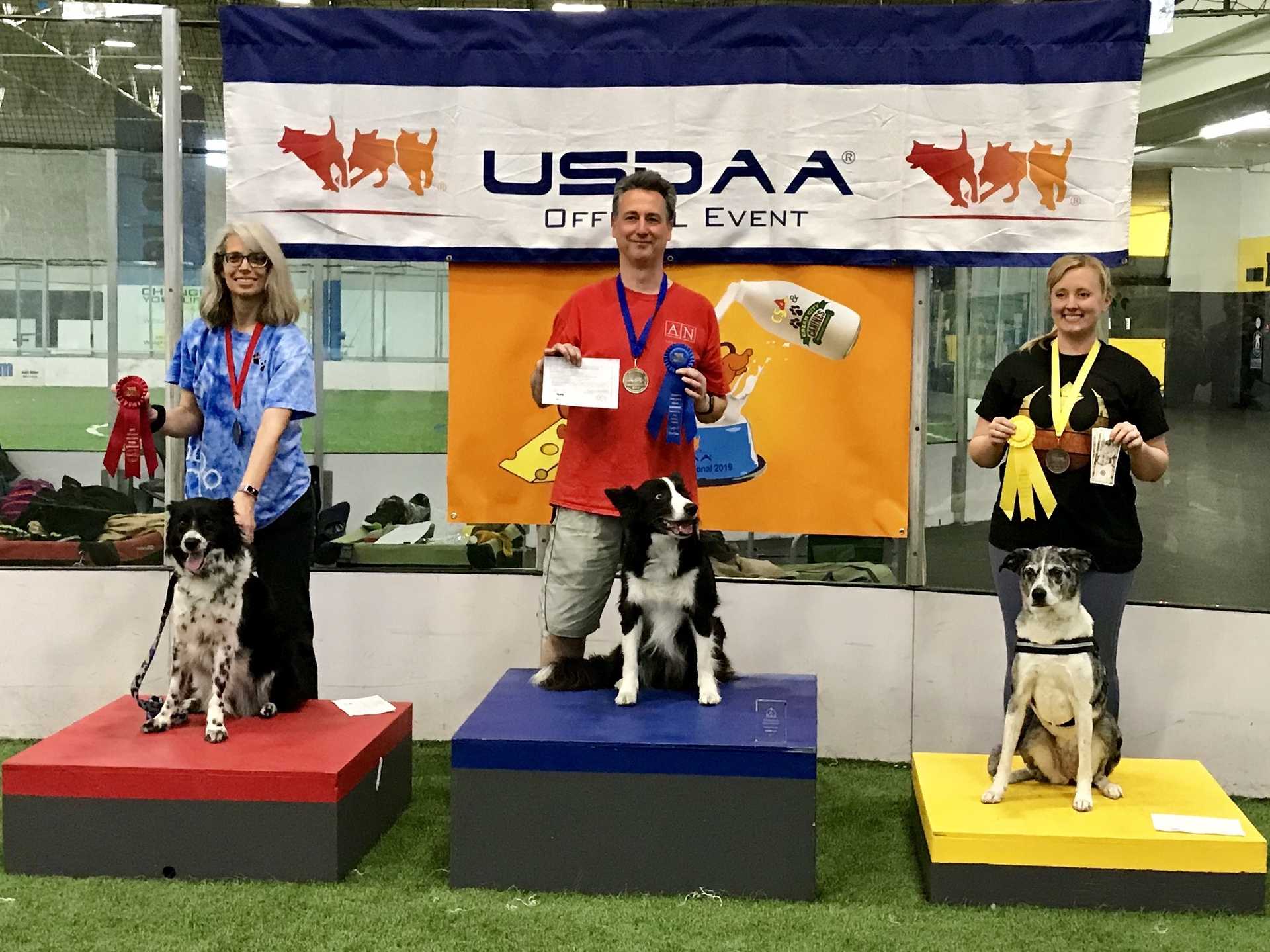Mr. Peabody - New Glaucoma Meds and Evaluating Shunt Surgery
28 Jan 2005
We took Mr. Peabody in for his weekly eye pressure check at Eye Care For Animals in Chicago today. We set up a consult with Dr. Paul A. Gerding who recently joined them from the Veterinary School at Urbana-Champaign. Dr. Gerding has performed a number of a new type of shunt surgery for relieving Interocular Pressure (IOP). We wanted to ask his opinion on this relatively new approach to using a shunt.
I was immediately impressed by Dr. Gerding. Throughout the consultation he was extremely professional and compassionate. Not only is he working at the forefront of his field but he is experienced in the latest glaucoma surgical procedures. Apart from medicines (which have a limited efficacy in dogs), there are two main surgical approaches to reducing IOP: reduce the generation of fluid within the eye and improve the draining of fluid from the eye.
The most common surgical approach is laser surgery, which reduces IOP by reducing fluid production. The risk of laser surgery is the temporary increase in pressure due inflammation brought on by the surgery. Some reports show as high as 75% success in reducing IOP long term.
To my layman’s understanding, the concept behind this new surgical procedure is to insert a shunt(drain) into the eye and have it drain into the sinus cavity. The shunt surgery typically performed on humans has the shunt drain into surrounding eye tissue. This has been used in dogs (see this article, the end of this article and this article) but apparently in dogs the shunt can become blocked within six months. This new procedure apparently doesn’t suffer from this blockage.
While Dr. Gerding can’t give any guarantees, in his experience laser surgery often provides long term pressure control. The concern with laser surgery is the temporary spike in pressure post surgery, which can damage the retina. With regard to the shunt surgery, Dr. Gerding is concerned that the extreme reduction in IOP could cause Mr. Peabody’s retina to hemorrhage.
Incidentally, Dr. Gerding indicated that Mr. Peabody’s coloboma when seen as a pup would have been classified as likely to cause a detached retina - but since he survived for 10 years like this that should no longer be a concern.
As part of his checkup Mr. Peabody’s IOP was measured at 21 mm Hg in his sighted eye. This is within the normal range but higher than anyone would like under his current meds. So we stopped the
Demecarium Bromide and are now using Trusopt twice a day and are trying Xalatan once a day. We'll re-check his pressure next Friday.As Dr. Gerding readily admitted there is no clear cut protocol to follow for Mr. Peabody. Both surgical approaches (or their combination) have significant short term risk of total blindness. But the good news is that as long as we are seeing control through medicines we can avoid making the decision.
If you enjoyed this article won't you please:  Thanks!
Thanks!
